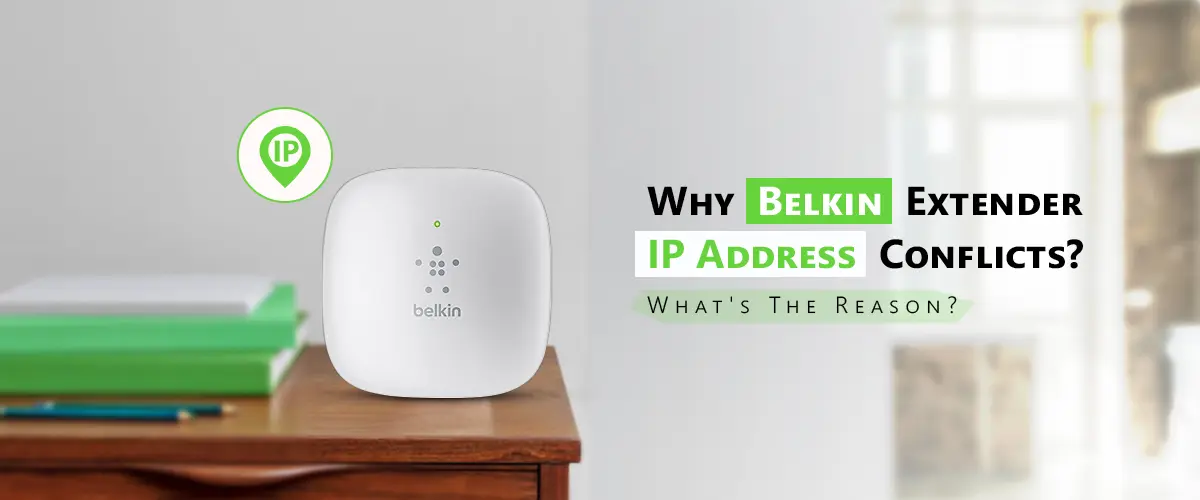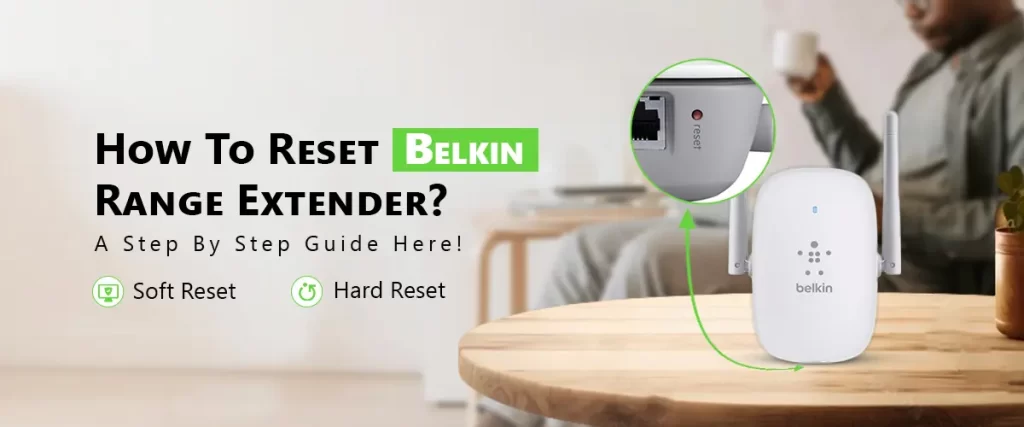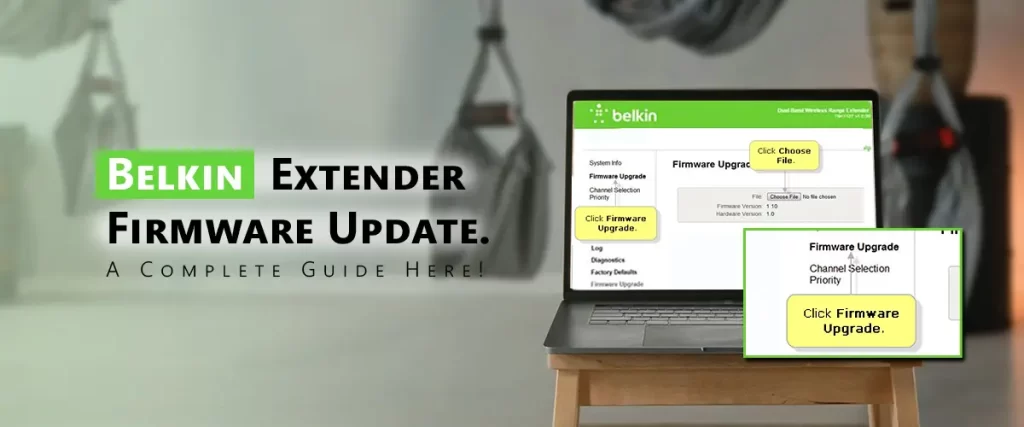
A mutual option for refining WiFi exposure in households and workplaces are Belkin extenders. By strengthening your current WiFi signal, they make sure that every area of your house has constant connectivity. But occasionally, customers encounter a problem called an IP address conflict which can interfere with their internet access and give the extender a shady reputation. This blog will discuss the causes of Belkin Extender IP Address Conflicts their effects and ways to avoid or fix them.
An IP address conflict: What Is It?
Each device on network is given an exclusive distinctiveness known as IP address. It enables internet access and device-to-device communication. When two or more devices on equivalent network are given identical IP address this is identified as an IP address clash. Due to the network’s inability to discern between devices this may cause connection issues.
A Belkin extender expands the signal of your router by connecting to it. To prevent conflicts, the extender should ideally have its own IP address. Belkin Extender IP Address Conflicts can arise, nevertheless, in some situations if this process doesn’t go as expected.
Typical Reasons for Belkin Extender IP Address Conflicts
Static IP Configuration Problems
Belkin extenders frequently come with a static IP address, such 192.168.2.1, pre-configured. A conflict arises if this IP address is before now being used by additional device on network. Because static IPs don’t change on their own they might cause collisions if not handled carefully.
DHCP Server Settings on the Router
A DHCP server is used by majority of routers to dynamically allocate IP addresses. A conflict might arise if the router inadvertently assigns the same IP address to another device if the extender’s static IP address is inside its DHCP range.
IP Assignment by Hand
Users occasionally give their gadgets IP addresses by hand. A conflict may arise if a user inadvertently gives an IP address to the extender that is already in use or that falls inside the DHCP range.
Network Intersections with Several Extenders
Users may neglect to modify each Belkin extender’s default IP address when there are several of them on a network.
Multiple extenders will clash if they have the same default address (192.168.2.1).
Bugs in the Firmware or Configuration
IP address conflicts can also be caused by outdated firmware or an improperly setup extension. Software bugs might make it impossible for the extender to correctly handle conflicts or request a unique IP.
Problems with Network Design
Inadequate network segmentation can result in overlapping IP ranges in intricate networks with several subnets or routers. Due to incompatible setups, Belkin extenders functioning in such contexts may have problems.
Belkin Extender IP Address Conflicts Consequences
Several problems may occur when your Belkin Extender IP Address Conflicts is happening:
- Connection Drops: The impacted devices may experience sporadic or whole internet connectivity outages.
- Insufficient Network Performance: Network confusion can source data holders to be lost or deferred.
- Problems with Configuration Access: If the IP address is in conflict with another device, you might not be able to access the admin panel of the extender.
- Users who are frustrated: Conflicts may cause discontent and lower productivity, particularly in settings with lots of people, such workplaces or public areas.
How to Handle and Avoid IP Address Conflicts with Belkin Extender?
Go to the Extender Configuration
Pass in extender default IP address commonly 192.168.2.1 into browser to access admin interface. If your login credentials aren’t updated, use the default ones.
Modify the IP Address of the Extender
Change the static IP to an address outside of your router’s DHCP range by navigating to the IP settings in the admin panel. Set the IP of the extension to something like 192.168.1.200, for instance, assuming your router provides IPs between 192.168.1.2 and 192.168.1.100.
Firmware Update
Use the admin panel on the extension or the Belkin website to check for firmware upgrades. Updates often address problems that may lead to conflicts.
Reconfigure Your Router’s DHCP Settings
To prevent the DHCP range from overlapping with the IP address of the extender, log into the admin panel of your router. For example, a block of IP addresses can be set aside just for static assignments.
DHCP Should Be Enabled on the Extender
Enable DHCP on the Belkin extender, if your network allows it, so that it may automatically obtain a distinct IP address from the router, lowering the possibility of conflicts.
Steer Clear of Default IP Addresses
To avoid problems, give each Belkin extender a distinct static IP address when setting them up.
Keep an Eye on Your Network
To find conflicting IP addresses and quickly resolve problems, use network monitoring tools.
Avoiding Belkin Extender IP Address Conflicts
- Make a plan Your Network: Use an appropriate IP addressing system with well-defined static and dynamic ranges for bigger networks.
- Document Settings: To prevent duplication, maintain a list of all manually assigned IP addresses.
- Frequent Maintenance: To guarantee optimum performance, periodically check for firmware upgrades and examine network configurations.
- Inform Users: Make that everyone adheres to the same network management guidelines in settings with several administrators.
Final Thoughts
Belkin Extender IP Address Conflicts are a frequent but controllable problem. You can make sure your extender runs well and gives you the dependable connectivity you require by being aware of the causes, effects, and remedies. You can prevent these conflicts and optimize your extender’s efficiency, improving your internet experience in general, with the right setup and routine upkeep.

